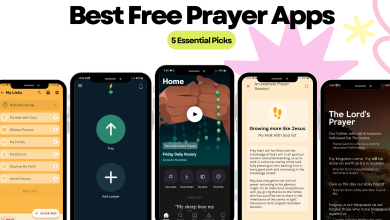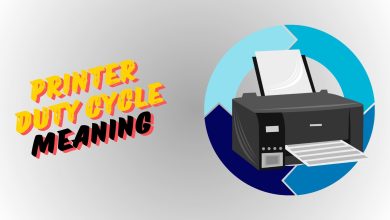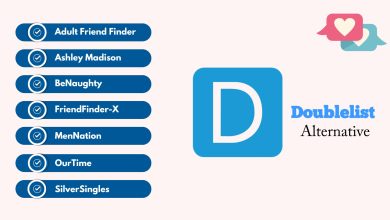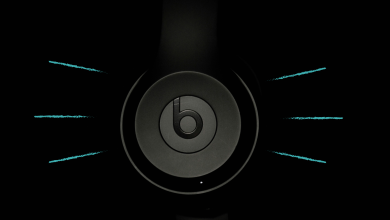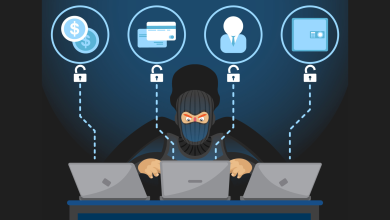The 5 Best Free Digital Planner Apps for ADHD
- Digital planners are essential tools for managing ADHD, offering structure and organization to daily life.
- Popular digital planners like Todoist, Any.do, Google Calendar, Trello, Notion, and Lunatask cater to different needs, from simple task lists to all-in-one project management.
- It's important to choose a planner based on personal preferences, such as ease of use, integration capabilities, and specific ADHD-friendly features.
Adult life comes with its own set of challenges, and for people with ADHD, tackling these alone can be difficult. From forgetting important details to getting easily distracted and struggling with time management, ADHD can significantly impact daily life. However, there are ways to overcome these obstacles.
Digital planners act as helpful tools, providing structure to your daily schedule. Through visuals, cards, to-do lists, and weekly calendars, these planners help people with ADHD stay organized and informed about their schedules.
Whether you want to manage class notes, personal planning, or large-scale team projects, our list of the 6 best digital planners has something for everyone. Let’s dive right in!
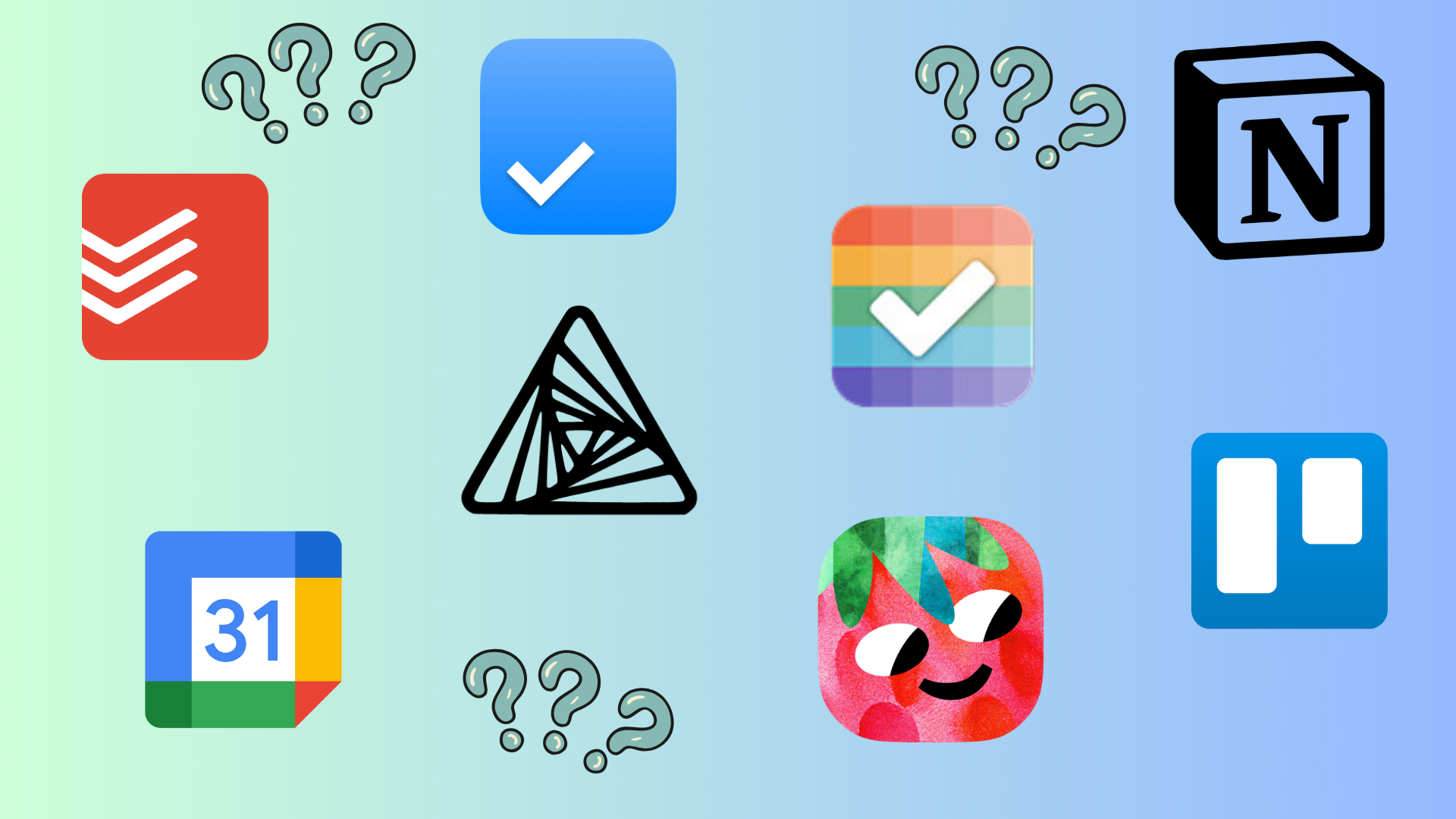
Table of Contents
Questions to Ask Before Choosing a Digital Planner for ADHD
Before we get to the actual list, it’s important to ask yourself a few questions to help you choose a digital planner that fits your needs. With so many options available, it can be overwhelming to decide without a clear plan. Do you want something easy to use, a planner that provides everything in one space, or the ability to integrate with your existing apps?
- Why do you need a digital planner? To help with your studies, manage your daily schedule, or organize an entire team?
- Do you want something simple and easy to grasp, or are you looking for something more complex that offers tons of features?
- Is integration capability an important feature for you? Which other apps are you planning to integrate with your digital planner?
- Are you a creative person? Do you prefer something monotone or want a canvas to manage your tasks while being creative?
- Does the app give you rewards for motivation? Does feeling a sense of accomplishment help with your ADHD brain?
READ MORE: The 9 Best Alternatives to Doublelist You Need to Try in 2024 ➜
5 Best Digitial Planners For ADHD
Now that you have an idea of what you’re looking for in a digital planner, it’s time to get down to business. The following list is curated based on our own personal testing, reviews, and what others have found useful in tackling their ADHD challenges.
1. Todoist — The Simplest Planner
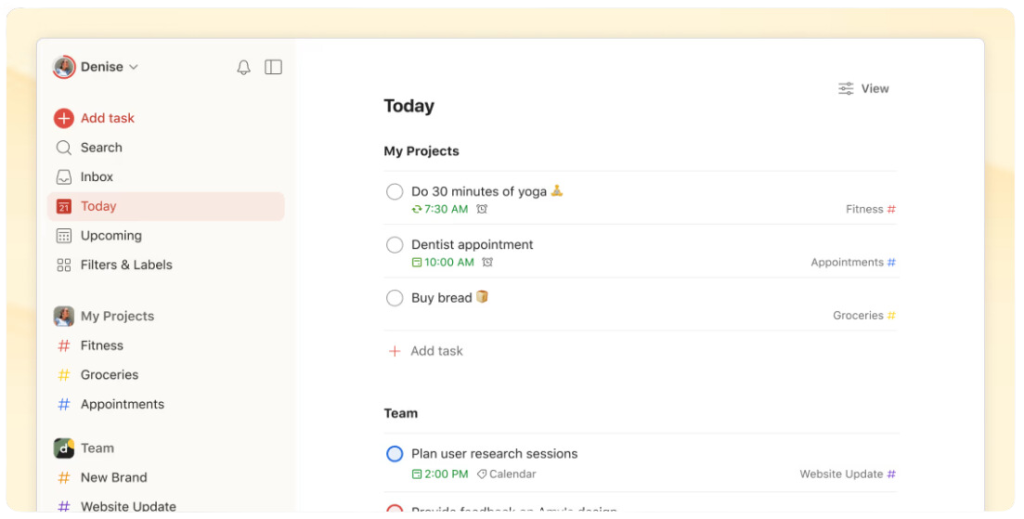
As the name suggests, Todoist is one of the most popular to-do list apps that helps you stay focused and improve your productivity. Todoist comes with a clean interface and allows users to manage tasks, plan activities, set priorities, add reminders, create custom labels, manage projects, and more. While some features are premium, the free plan offers enough to enjoy the app.
In terms of features, Todoist doesn’t have anything “special” in the free plan, and that’s not a bad thing. The app does what it’s intended to do and doesn’t constantly prompt you to Upgrade to Premium. Integration with Google Calendar and project templates help you stay organized.
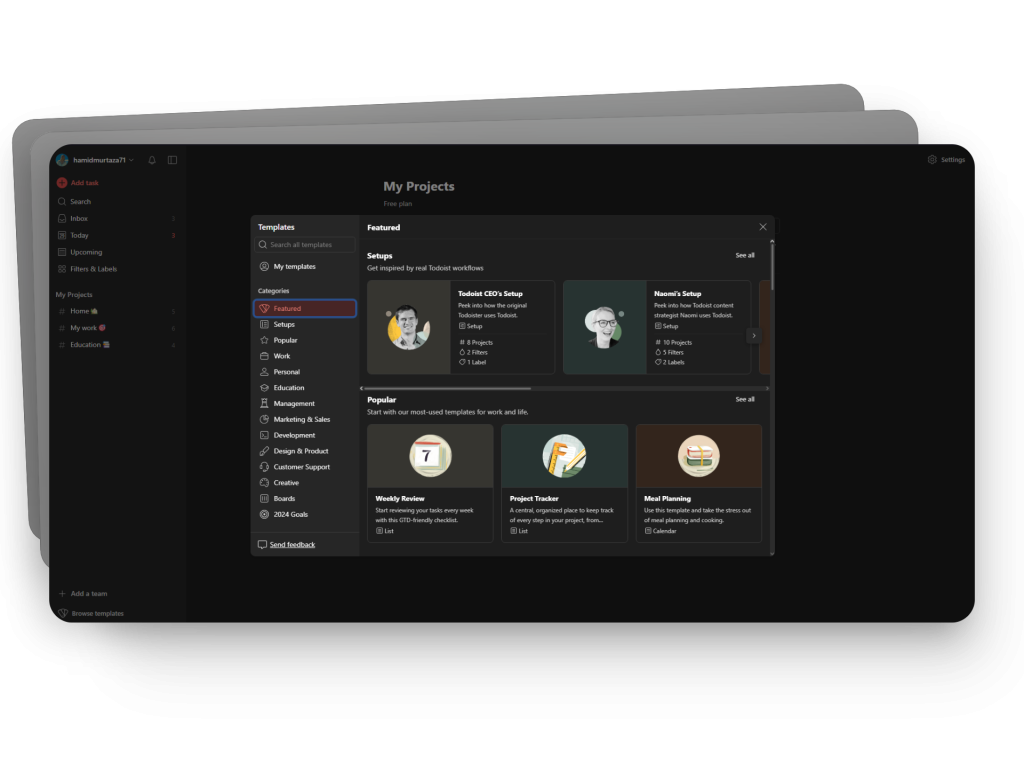
There aren’t many negatives with the Todoist app; it’s excellent for anyone with ADHD or as a standalone organizational tool. While the premium plan offers additional features, it mainly builds on the basics. Todoist also has its own YouTube channel to help users get acquainted with everything.
- Pricing: Free and Premium Plan starting at $4/month.
- Available Platforms: Android, iOS, Mac, Windows
- Pros: User-friendly interface, plenty of features, no hidden payments.
- Cons: Not entirely free.

2. Any.do — Productivity with Style
Any.do is a to-do list app like Todoist but with a much more modern and fluid design. The app offers everything you need to create your daily plan, from an intuitive dashboard to adding notes to grocery lists and a calendar to keep an eye on what’s next. With the free plan, you get the basics, but the premium plan offers advanced features, including AI.
One standout feature is the Moment option, which presents all your current tasks and helps you plan them effectively. You can assign each task to Today, move it to Later, or delete or mark it as complete. Apart from that, you also have integration capability with Google and Microsoft Calendar and the ability to add notes and attachments under your tasks.

Any.do performs well, and its extremely smooth UI enhances the user experience. However, unlike Todoist, Any.do places a stronger emphasis on upgrading to Premium. The premium plan offers features like AI-generated tasks and subtasks, adding team or family members, customized themes, and more.
- Pricing: Free and Premium Plan starting at $4/month.
- Available Platforms: Android, iOS, MacOS, Windows
- Pros: Modern user interface, integration capability, unique features.
- Cons: Premium-only features, fewer customization options.
READ MORE: 25+ Best FREE iPhone Widgets in 2024: The Ultimate List! ➜

3. Google Calendar — Completely Free Planner
Google Calendar might have slipped under your radar, but if you’re looking for a tool to manage everyday tasks, plan events, handle meetings, and provide a simple scheduling solution, there’s no reason not to include Google Calendar in your list.
While Google Calendar is quite basic, it’s ideal for anyone who wants an easy-to-use planner. With just a click, you can start creating tasks and events. From adding attachments and locations to inviting people and including Google Meet links, each of your tasks gets the details it needs.

Whether you want to focus on individual tasks or get an overview of your entire schedule, Google Calendar does it all. Additionally, the ability to sync seamlessly between your mobile and laptop devices ensures you don’t miss anything. The only drawback is that the new Appointment feature is available only to GoogleOne users.
- Pricing: Free
- Available Platforms: Android, iOS, Mac, Windows
- Pros: Easy to use, collaboration options, add locations to events, embed Google Meet links.
- Cons: Appointment feature requires a GoogleOne subscription.

4. Trello — Team Management Made Easy
Trello is a beginner-friendly, Kanban-based project management tool that helps you visualize tasks through intuitive cards and columns. Its straightforward UI provides a clear overview of what needs to be done. Trello is focused on team managers as it allows them to maintain schedules while efficiently managing multiple boards simultaneously.
For a free tool, Trello has interesting features, the two highlights being Power-Ups and Automation. Power-ups are add-ons to your boards and allow you to integrate apps like Gmail, Slack, Microsoft Teams, and more. Automation allows you to speed up your work by setting up specific actions, creating custom buttons, and generating email reports.

Trello’s drag-and-drop interface, templates, attachment options, and organization system make it an excellent choice for managing multiple tasks and team members. However, adding more than 10 projects requires a subscription, which may be limiting for larger teams. Despite this, Trello fulfills its role as a simple and easy-to-use management tool well.
- Pricing: Free and Premium Plan starting at $5/month.
- Available Platforms: Android, iOS, Mac, Windows
- Pros: Simple and easy to use, extensions, automation features, drag-and-drop interface.
- Cons: Limited projects, premium-only features, too much work for simple planning.
READ MORE: 30 Fun & Unique Time Pass Websites to Visit When Bored ➜

5. Notion — All-in-One Planner
Notion is one of the most versatile and popular planning apps in the productivity market. Backed by productivity gurus like Ali Abdaal, Notion combines note-taking, task management, and student planning into a single, user-friendly interface. Whether you are a student, team member, or just someone who wants to keep track of everything, Notion provides a clean space to think, write, and plan.
While one of Notion’s recent marketing points is its AI assistance, unfortunately, this feature comes at a cost. However, the ability to integrate with several apps like IFTTT, Typeform, Zapier, and more adds a level of automation that enhances its functionality. Notion allows you to create workspaces that fit your needs, and the vast collection of templates gives you the freedom to be as creative as you want.
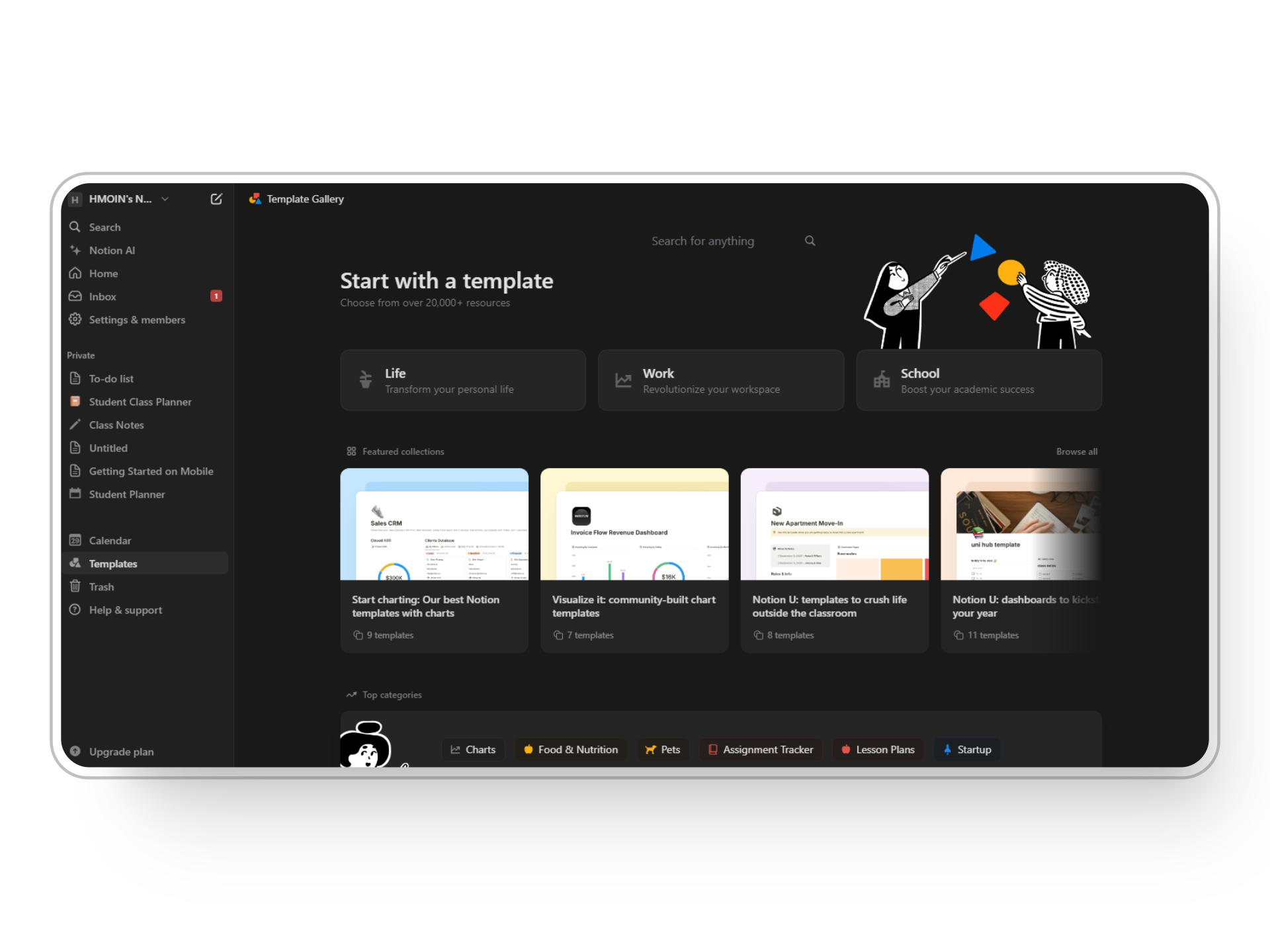
Notion has a lot to offer, but unlike apps like Todoist or Trello, which are easy to grasp, Notion does come with a learning curve. However, if you’re willing to invest the time to learn and customize the app, Notion provides unparalleled flexibility and functionality.
- Pricing: Free and Premium Plan starting at $8/month.
- Available Platforms: Android, iOS, iPad, Mac, Windows.
- Pros: Offers something for everyone, a clean interface, integration, and template collection.
- Cons: Takes time to learn, premium-only features.
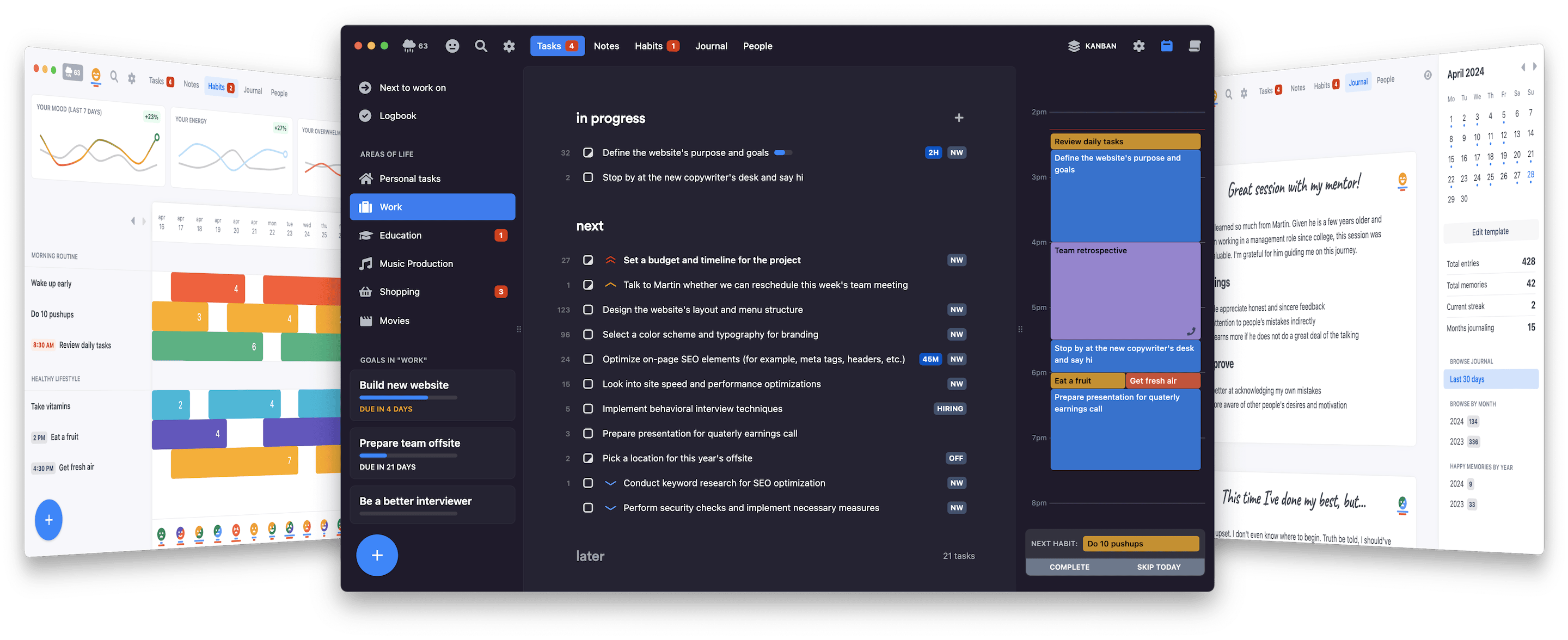
6. Lunatask — Made For ADHD Brains
Lunatask is one of the few planners that not only offers end-to-end encryption but is also designed specifically for people with ADHD. It is an all-in-one digital planner that combines task management, habit tracking, journaling, and more into a single, user-friendly platform. With an ADHD-focused design, Lunatask helps overcome mental clutter and keeps everything you need in one place.
What makes Lunatask great isn’t just a single feature; it’s the combination of intelligent task prioritization, a visual habit tracker, and integrated mood and energy level monitoring that makes Lunatask a worthy contender. By utilizing various productivity techniques like Kanban boards, the Eisenhower Matrix, and Pomodoro timers, Lunatask ensures that it adapts to your behavior and lifestyle.

While Lunatask works great on desktop, the mobile app is still in beta, requiring users to sign up separately. Another area for improvement is the Kanban feature, which could be more intuitive. Despite these minor drawbacks, Lunatask offers a great planning experience and helps you better manage the challenges of ADHD.
- Pricing: Free and Premium Plan starting at $5/month.
- Available Platforms: Windows and MacOS with mobile app in beta
- Pros: All-in-one digital planner, ADHD-focused design, implements various productivity techniques.
- Cons: Mobile app still in beta, Kanban feature needs improvement.
READ MORE: The 7 Best Android Auto Apps of 2024 [Ultimate List] ➜
Honorable Mentions
If you were searching for a planner to manage your team, handle daily tasks, and stay focused, you’ve likely found the right one from the list above. However, if you haven’t or have already tried these options but want something new, creative, and fun, the honorable mentions are just for you.
7. AFFiNE — Creativity Meets Productivity
AFFiNE is an open-source, secure option that allows you to be creative and productive at once. The app offers two view modes: Page and Edgeless. Page mode is similar to a Notion note-taking space with various editing options. But Edgeless takes it to the next level, providing an infinite canvas for brainstorming and mind mapping, offering creativity without costing a penny.

Though the app is fairly new and still has areas that need improvement, AFFiNE has shown significant progress over time. Currently, AFFiNE is only available for desktop users seeking a creative approach to note-taking and task management.
8. Numo — Fun ADHD Planner
The concept behind Numo is simple: a to-do list to help manage your tasks and maintain routines. What sets it apart is the connection to a community of people with ADHD, where users share experiences, queries, polls, and more. Numo also features a Reward and Karma system similar to Todoist but with better rewards, including unlockable themes and app icons.
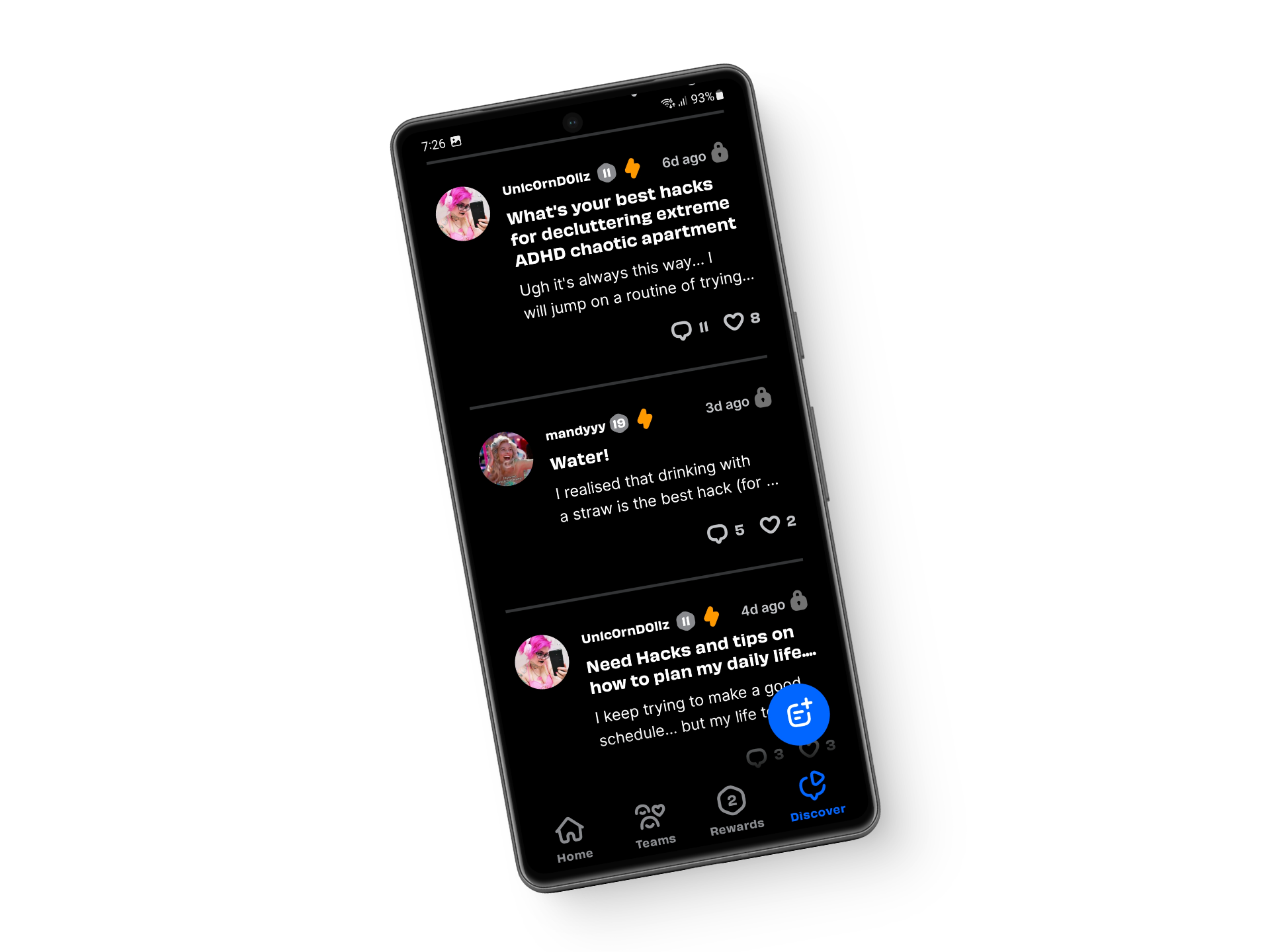
However, to unlock the full experience, including joining Teams based on your vibe, accessing Numo Stories, and adding your posts, you’ll need a premium subscription. The good news is that they offer a 30-day free trial, so you can see how these features enhance the overall experience.
Bonus: Digital Planners vs Paper Planners
When it comes to planning and organizing, both digital planners and paper planners have their unique strengths. Digital planners offer a flexible and convenient experience, allowing you to integrate with other apps, access your plans across multiple devices, and even work offline. With features like reminders, templates, and visual aids, digital planners help you manage your schedule efficiently, ensuring you stay on track.
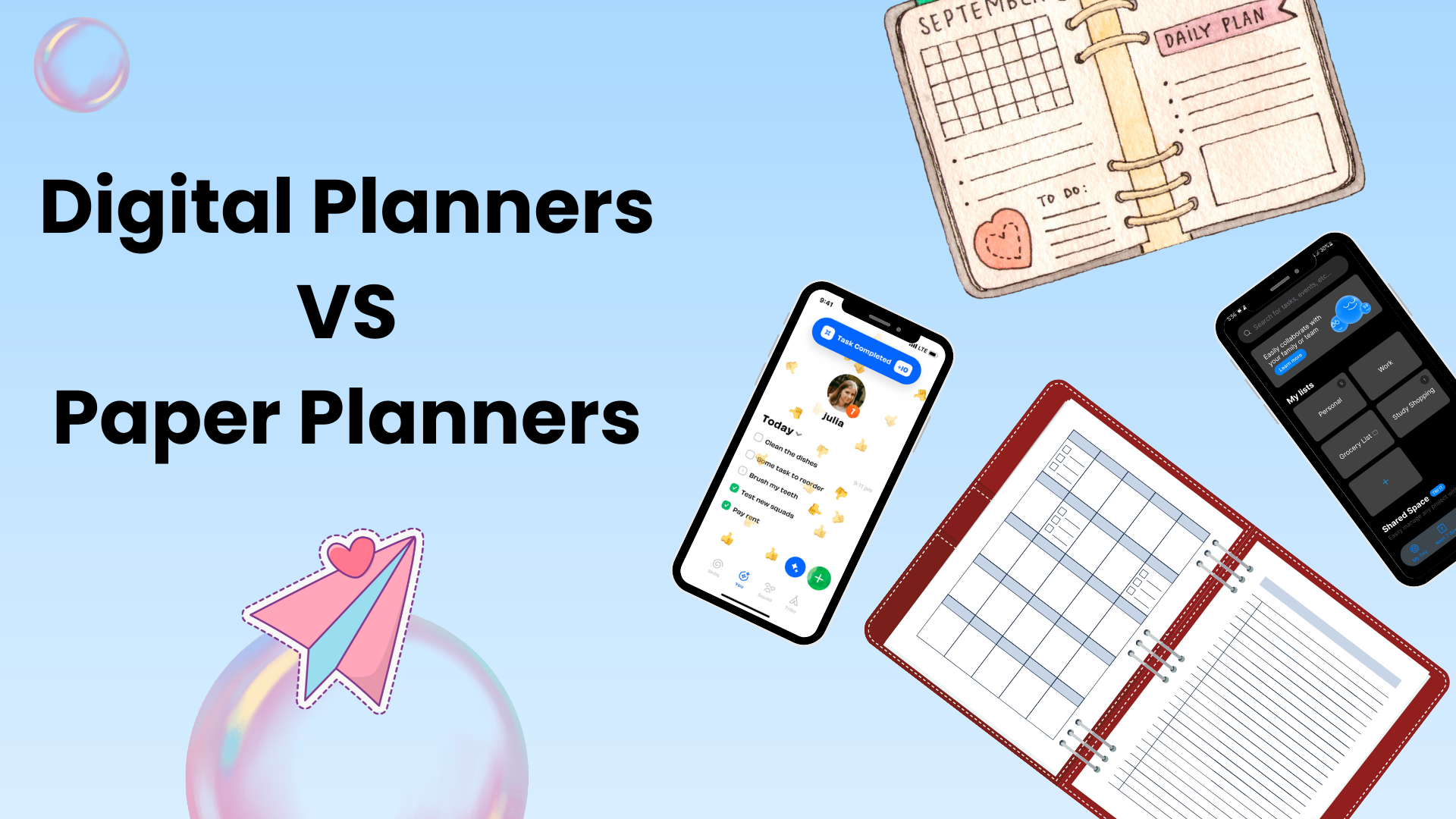
On the other hand, paper planners provide a much more personal experience. The act of writing by hand can not only help you journal your thoughts but also allow you to process information more deeply and connect with your tasks on a more meaningful level. Paper planners also eliminate the distractions that come with digital devices, helping some people stay focused and mindful as they plan their days.
Ultimately, the choice between digital and paper planners depends on personal preference and lifestyle. If you value portability and tech integration, digital planners might be the way to go. However, if you appreciate the simplicity and mindfulness of writing things down, a paper planner could be more your style.
READ MORE: The 8 Best Fitness Apps for Android in 2024: Ultimate List ➜
Goodbye ADHD, Hello Productivity!
Being productive isn’t just about always doing something important; it’s about managing your tasks and creating a balance between work and personal life. With the help of a digital planner, you can expect to be more focused, time-managed, and productive, all while giving yourself some breathing room.
We hope this article has helped you understand your planner needs and guided you in picking the right one. So, what are you waiting for? There’s a to-do list waiting to be filled!
